
ABOUT THE LOCATION
Alfama is one of Lisbon’s oldest and most picturesque neighbourhoods with many colourful buildings, a labyrinth of narrow, steep cobbled streets and Castelo de São Jorge, the famous fortress sitting on top of the highest hill in the city.
Thanks to its hilly setting, the historic location offers visitors and residents views over the city as well as the Tagus river. Though Alfama is best discovered by foot, transport options including the tram and metro are available very nearby.
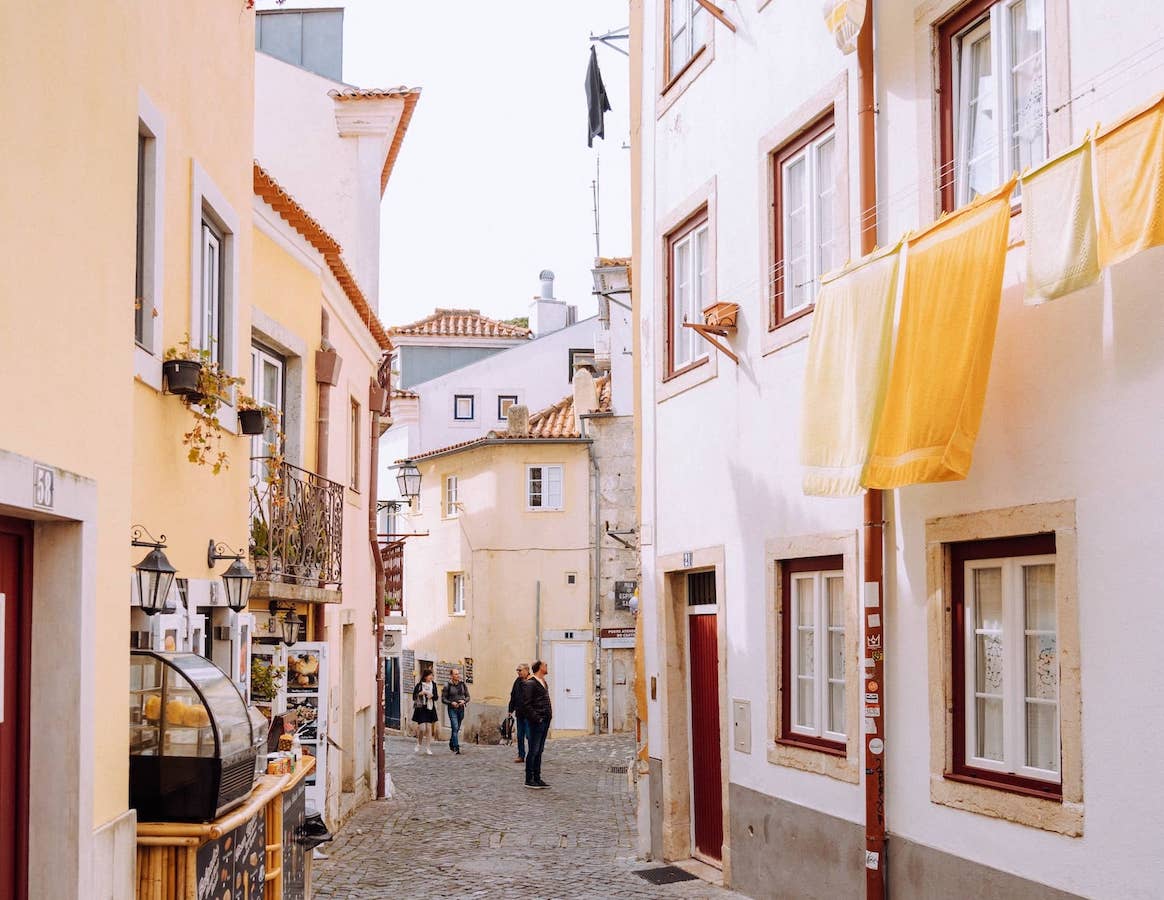
INVESTMENT POTENTIAL
Alfama is a neighbourhood that has undergone significant gentrification and redevelopment in recent years but kept its original atmosphere and rizz, making it a popular destination for tourists, investors or those looking to buy a property in Alfama.
Its prime location, beautiful architecture, and growing popularity make it an attractive area for property investment, whilst the limited space for developments means the area is not overwhelmed with new projects. Furthermore, Alfama has potential for high rental income either on the short or mid-term market, as well as long-term capital appreciation.
ADVISERS’ OPINION

Properties for sale in Alfama are a good choice for both short and long term rentals thanks to its charming ambience, view points over the hills, central location, historic architecture and authenticity.
WHY TO BUY
- For its tranquillity yet proximity to the centre
- To own a slice of authentic Lisbon
- For some of the best views over the city
- For rental opportunities in a tourism hotspot
- New build properties: modernity within historic Lisbon
KNOW BEFORE YOU GO
- Expect steep hills and cobbled roads in Alfama
- Restaurants and fado music offer lively evenings
- The area hosts a mix of residents and tourists
- Alfama's narrow streets are best explored by foot
- There is not any public transport within Alfama
INFRASTRUCTURE DEVELOPMENT
Properties for sale in Alfama are a good choice for both short and long-term rentals thanks to its charming atmosphere, observation decks (miradouros) over the hills, central location, historic architecture and authenticity.
The area is constantly evolving and there is the feeling that Alfama has enormous potential to grow. Whilst prices for high-end apartment developments range between €7,000 per sqm to €9,000 per sqm, due to limited stock and high demand, there remains strong potential for further growth.
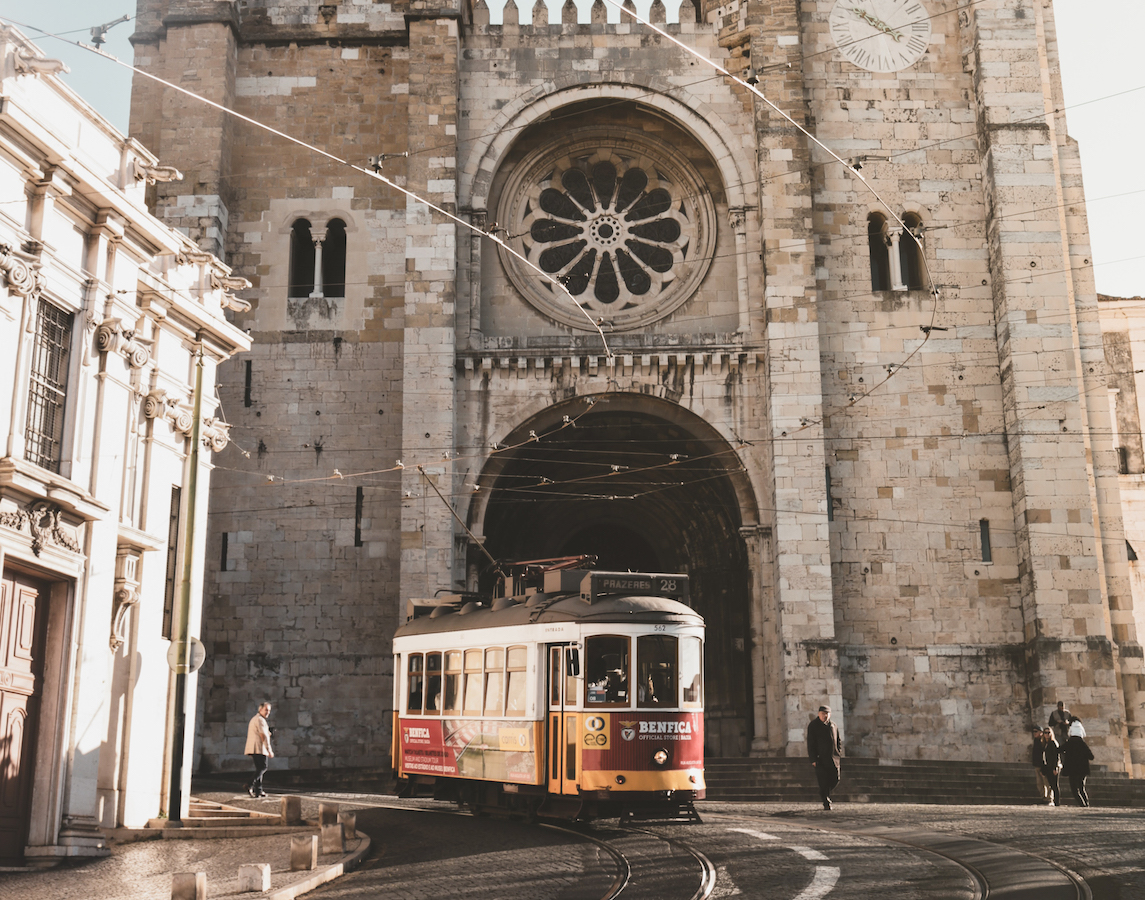
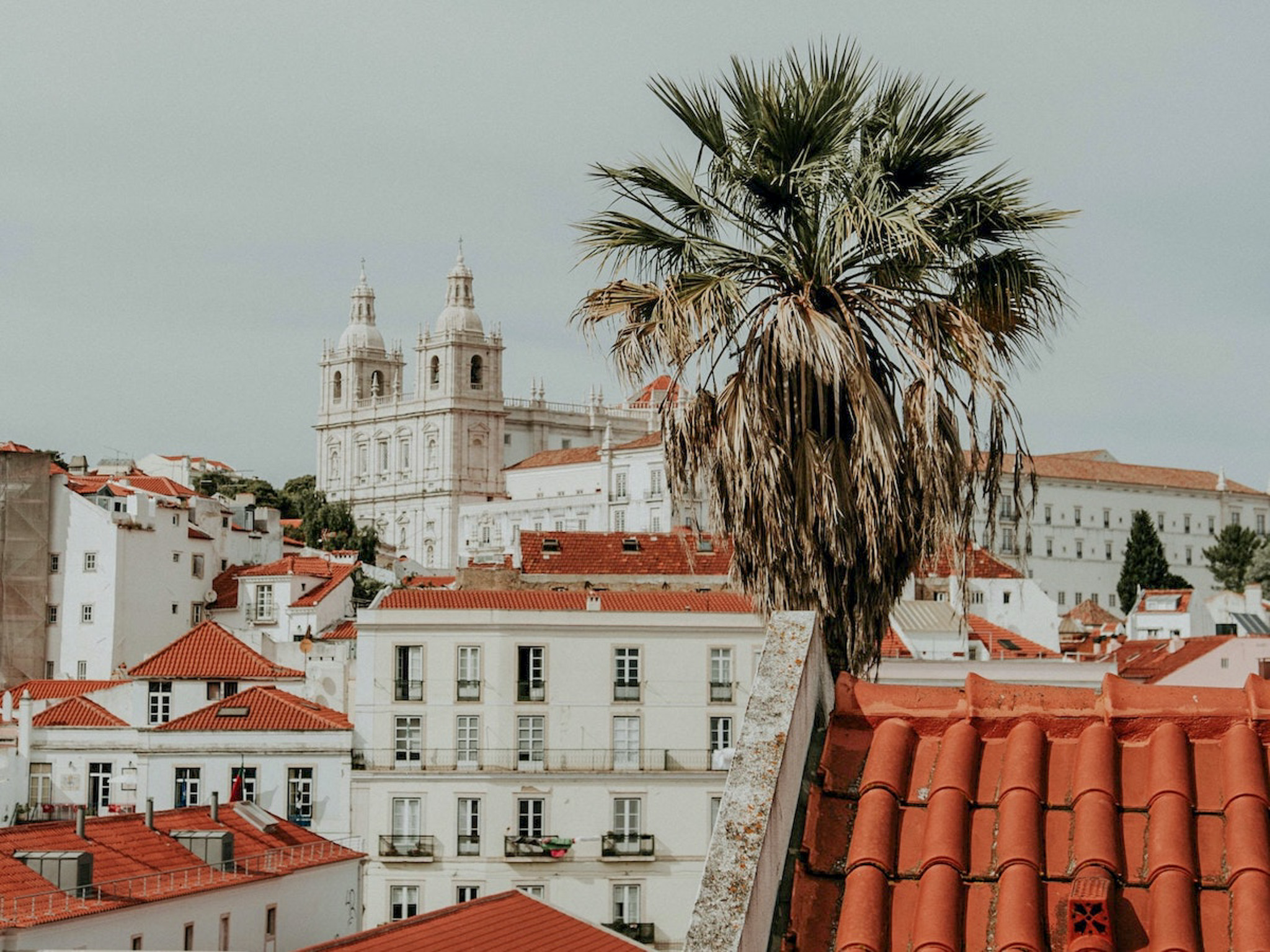
HISTORY
Alfama is one of the oldest and most historic neighbourhoods in Lisbon, Portugal. Its origins date back to the time of the Moors, who occupied Lisbon until the 12th century. During this period, Alfama was an important commercial and residential centre, and its narrow streets and alleys were designed to provide shade and shelter from the sun.
In the 18th century, a devastating earthquake and subsequent tsunami destroyed much of Alfama, but the neighbourhood was rebuilt over time. In the 20th century, Alfama saw significant urban renewal and restoration, as well as increased tourism.
Today, Alfama is a bustling neighbourhood with a strong sense of community and a unique character. It is known for its lively fado music scene, winding streets, stunning views of the city, and traditional architecture.
THE AREA TODAY
The neighborhood has managed to retain much of its historic character and cultural significance, and today it is one of the most popular tourist destinations in Lisbon. Alfama is known for its lively fado music scene, traditional festivals, and historic landmarks, such as the Castelo de São Jorge and the Igreja de São Miguel.
Tourism has flourished in the area, and nowadays, besides those who are visiting, you can find people of all nationalities living in Alfama, as well as the typical Portuguese families, who have maintained the tradition of meeting in squares, chatting with and observing the passers-by and enjoying family life in their neighbourhood.
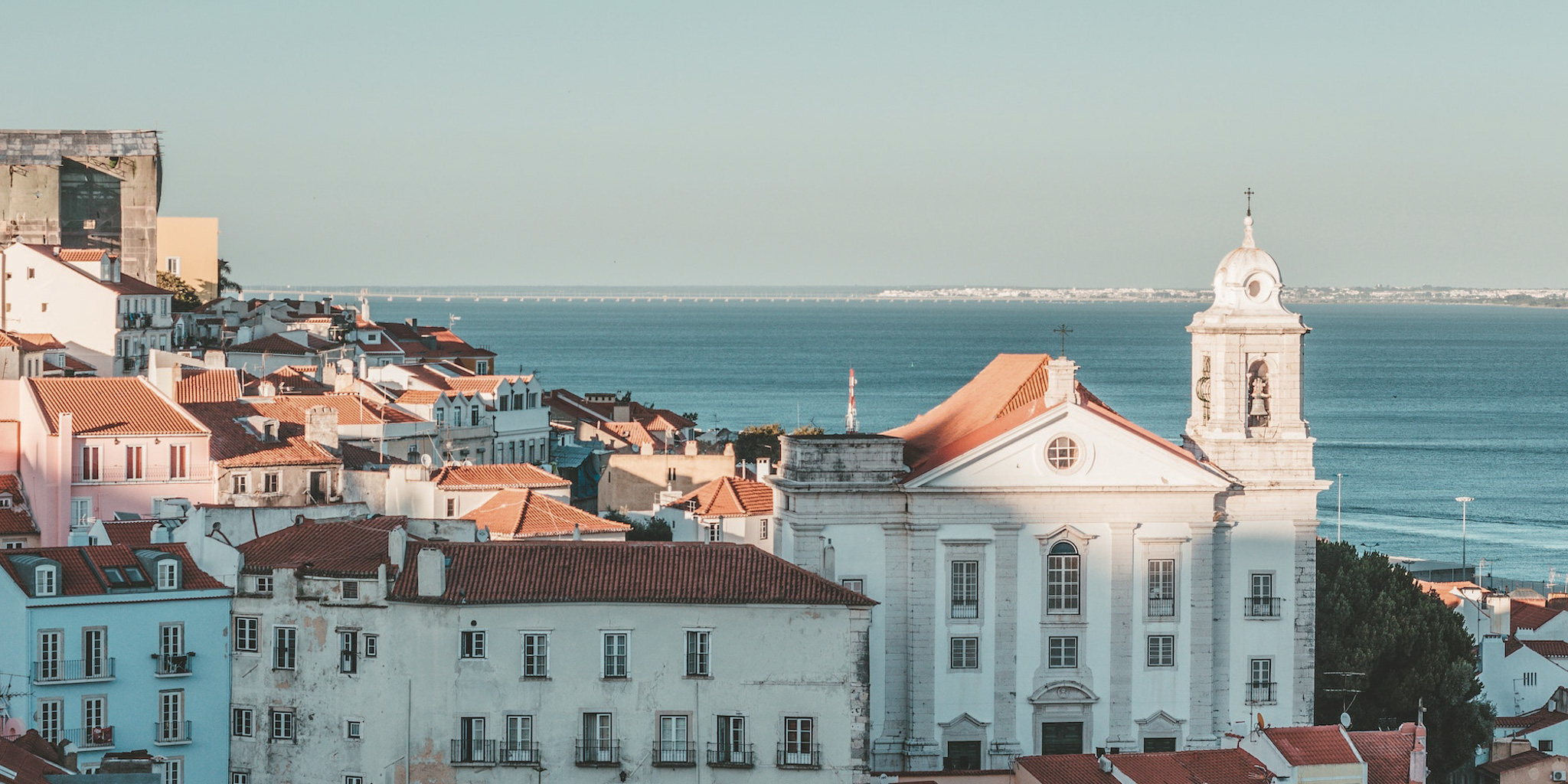
PROPERTIES FOR SALE
ATHENA INSIGHTS

BUYING GUIDES
LEARN MORE
HEALTHCARE & LIFESTYLE
FIND OUT MORE
FOR OWNERS
LEARN MORE
FINANCE & MARKET
LEARN MORE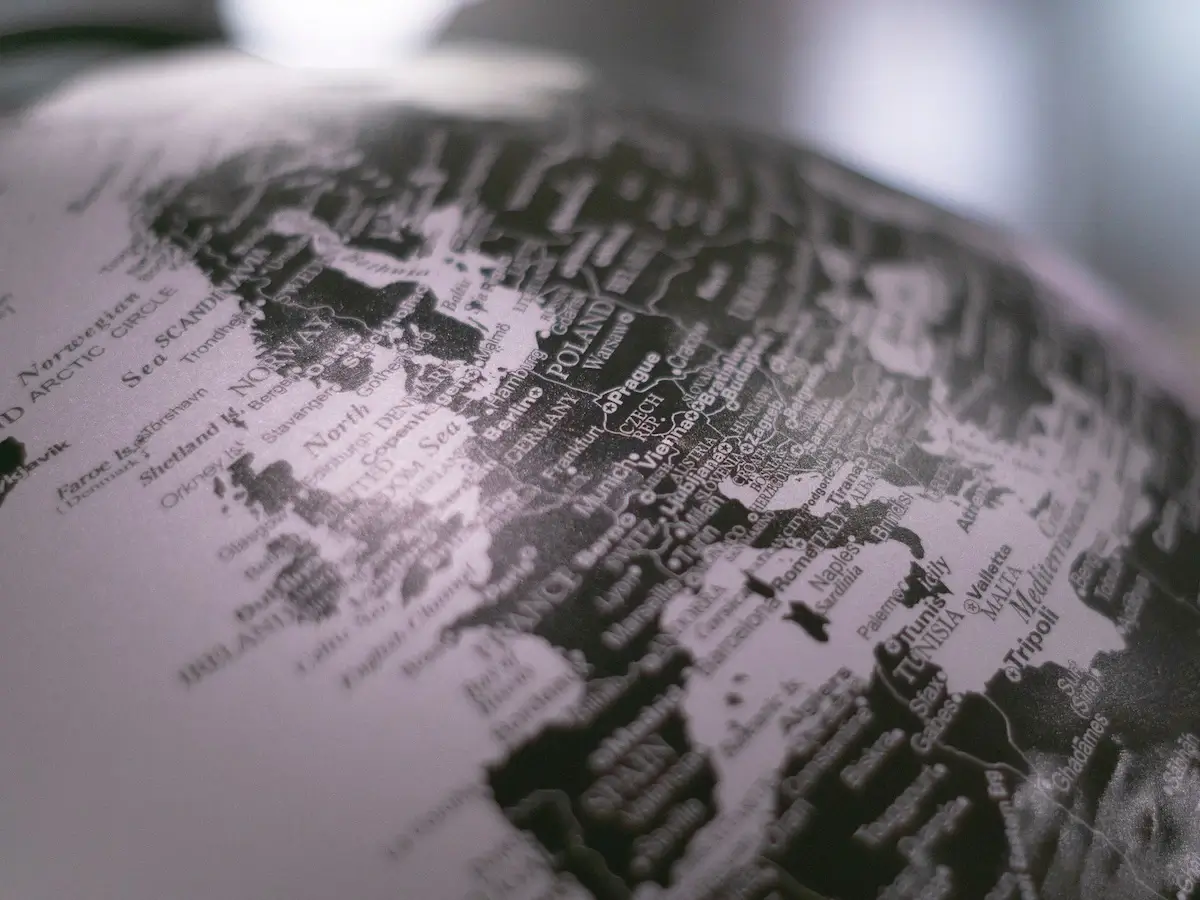
RESIDENCY
LEARN MORELOCATION
The edges of Alfama can be easily reached in about 20 minutes by car from Lisbon's airport. Exploring within Alfama is best done by foot thanks to its historic and hilly streets.
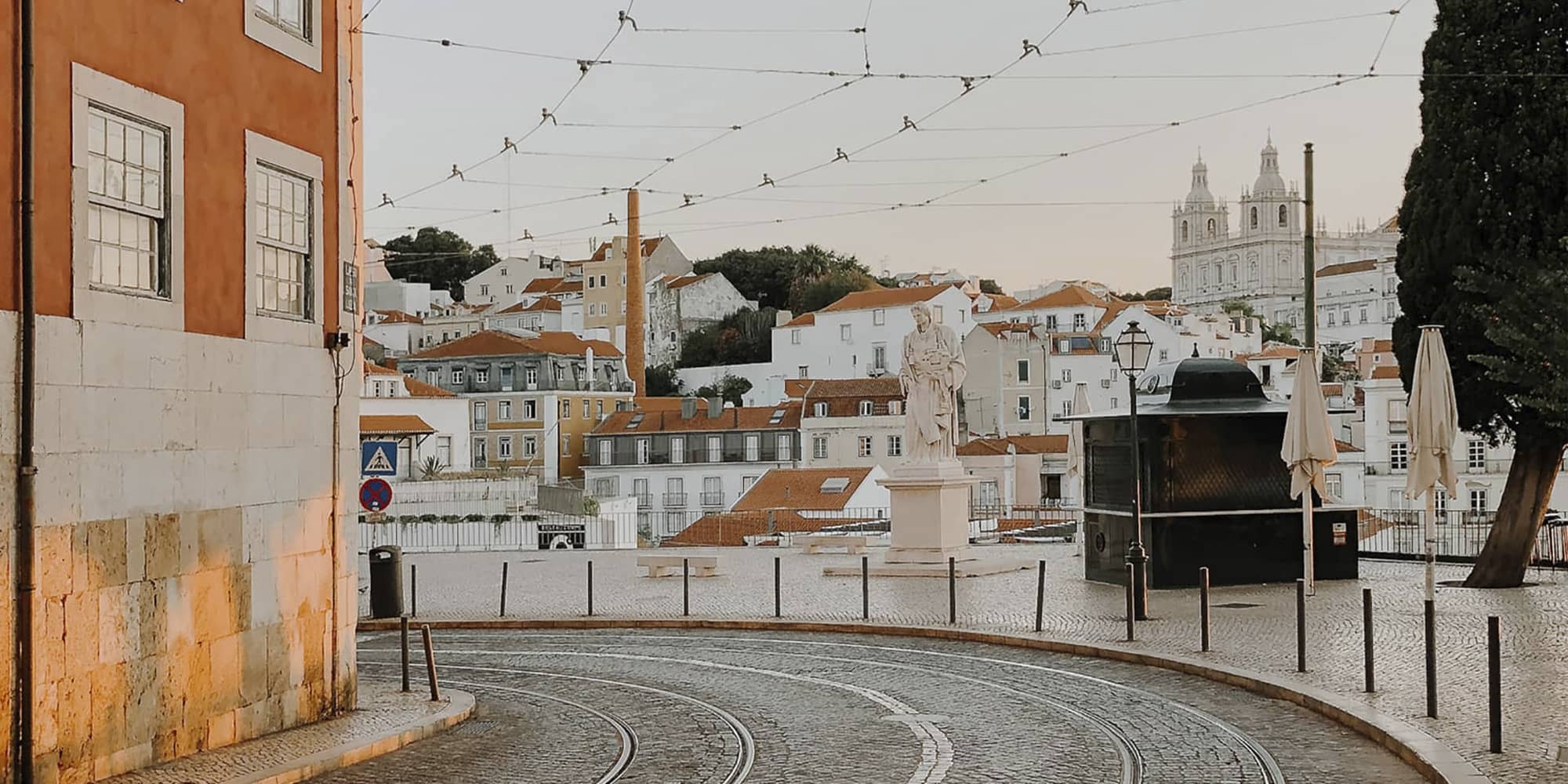


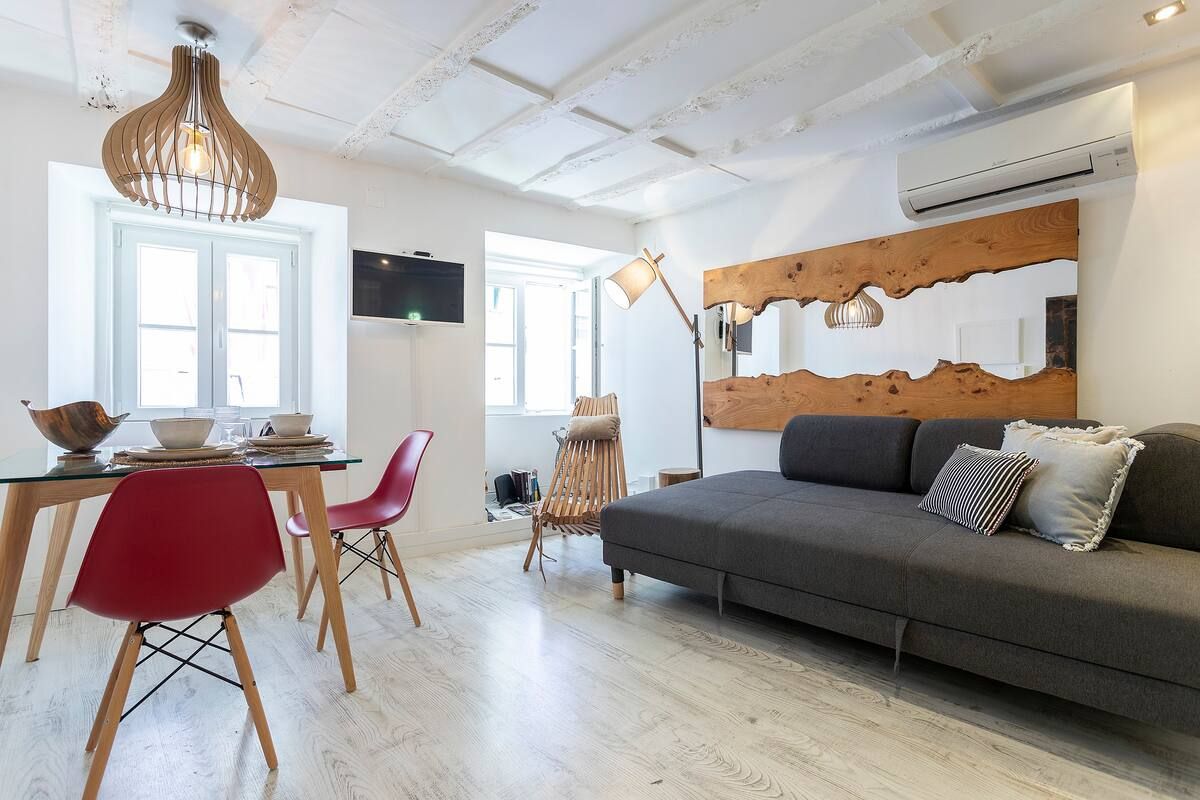
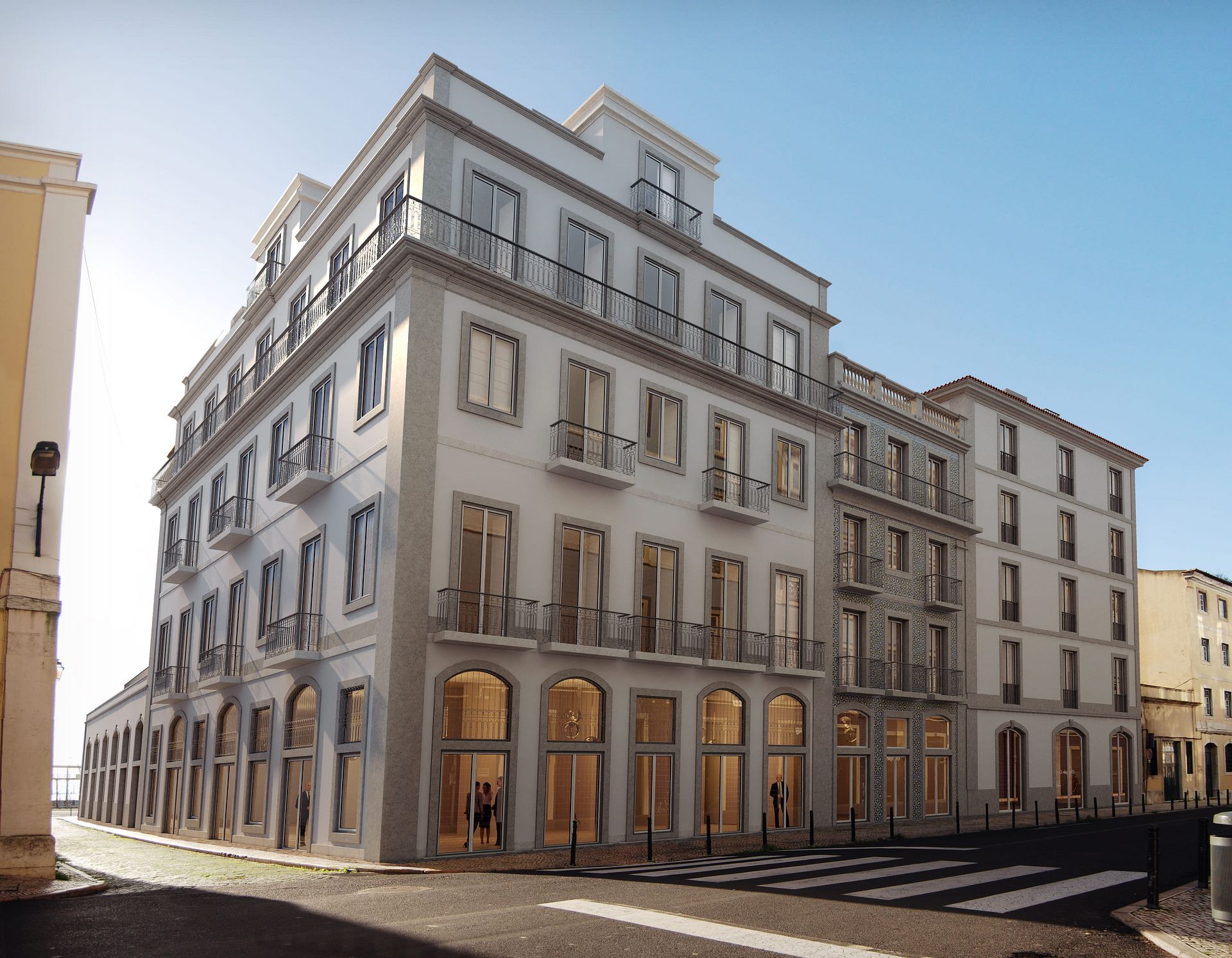
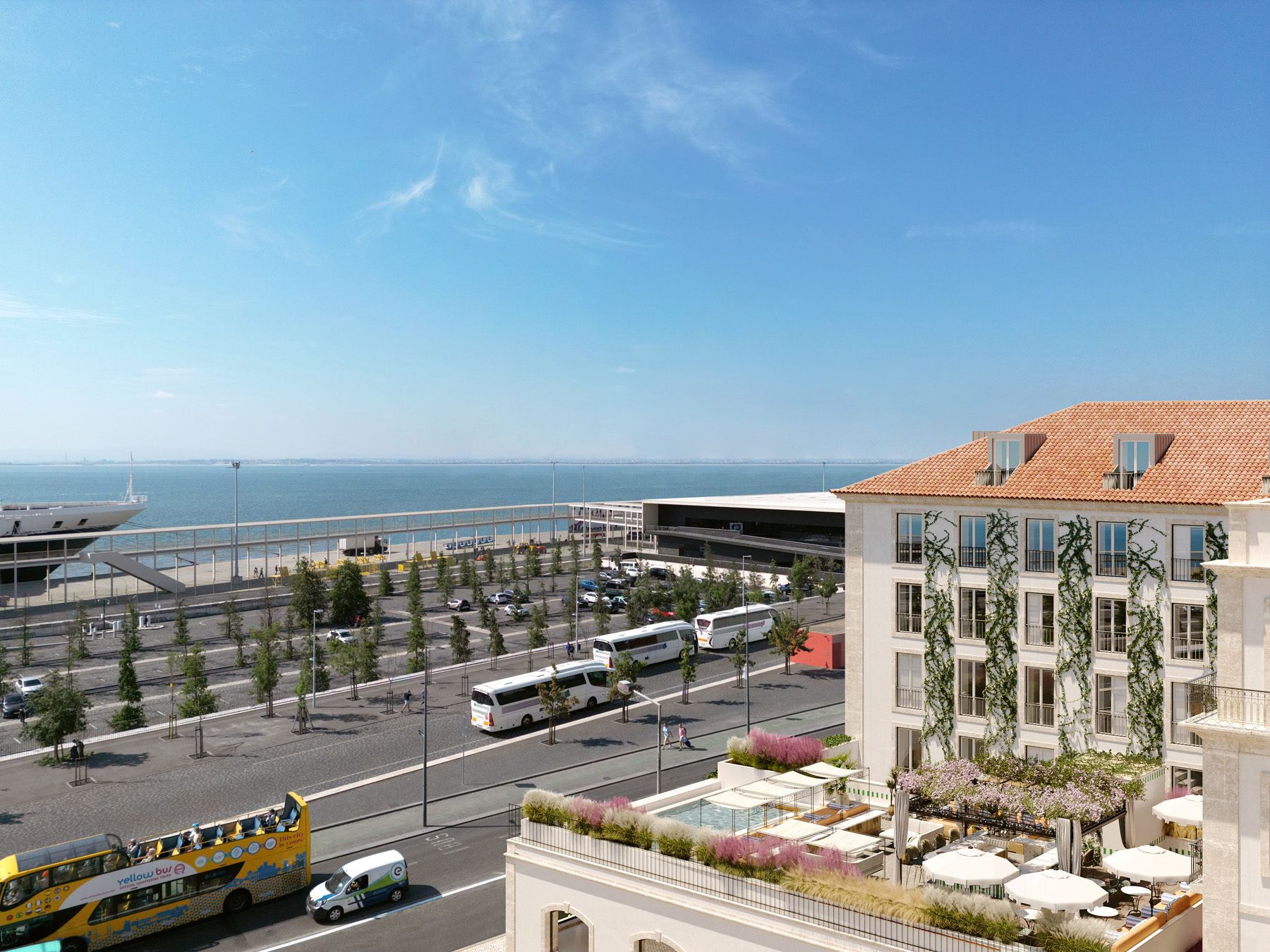

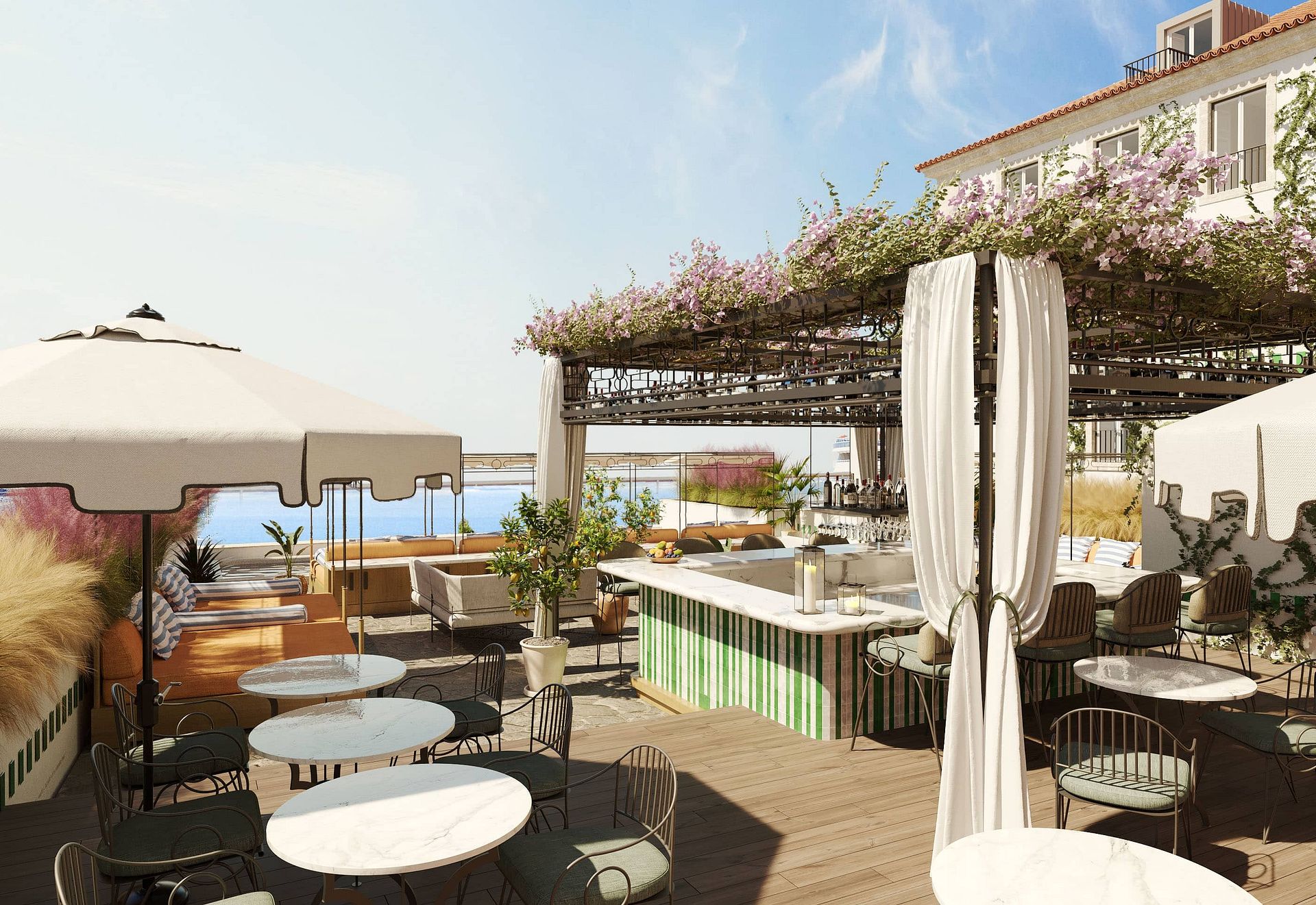
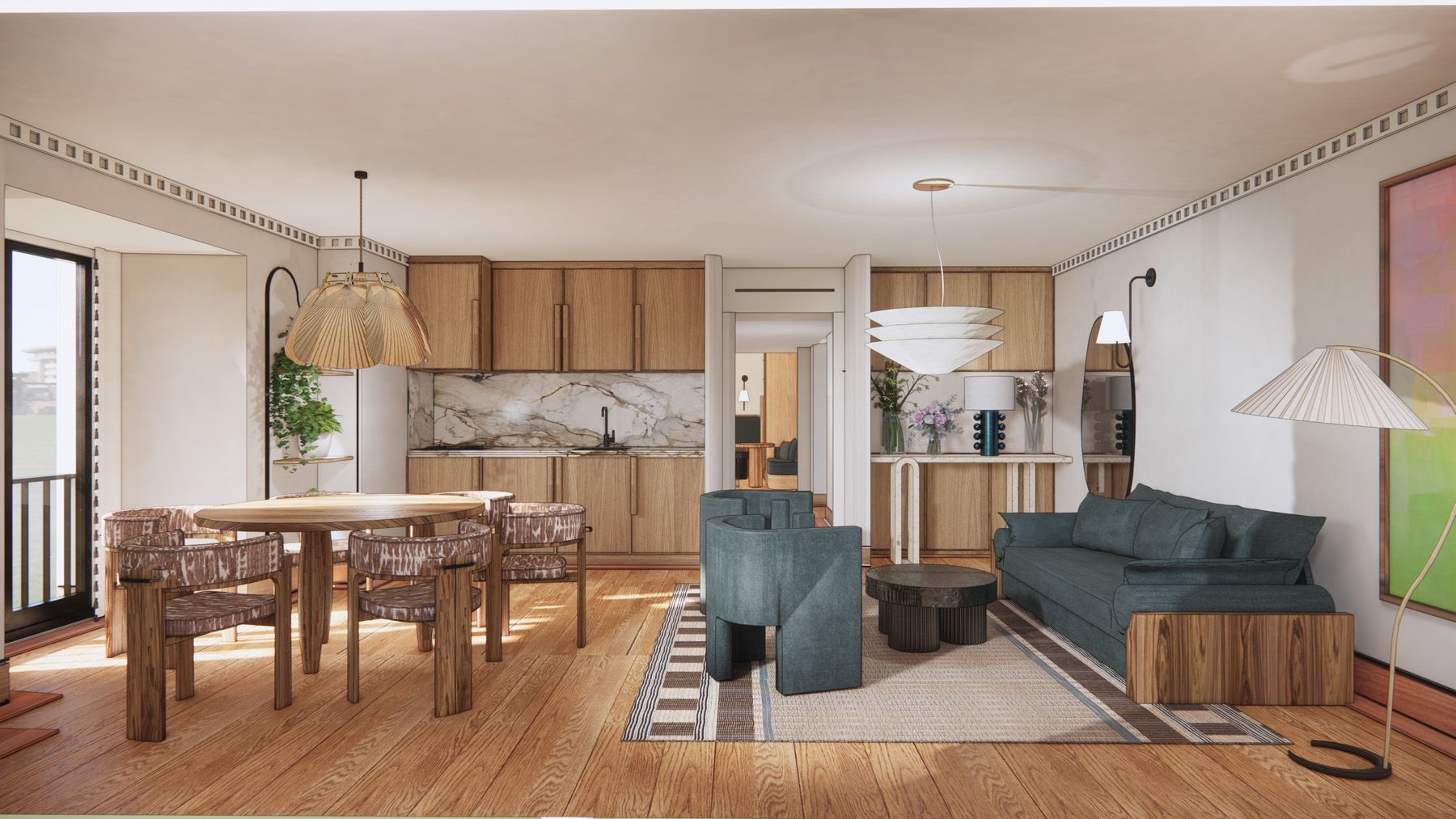
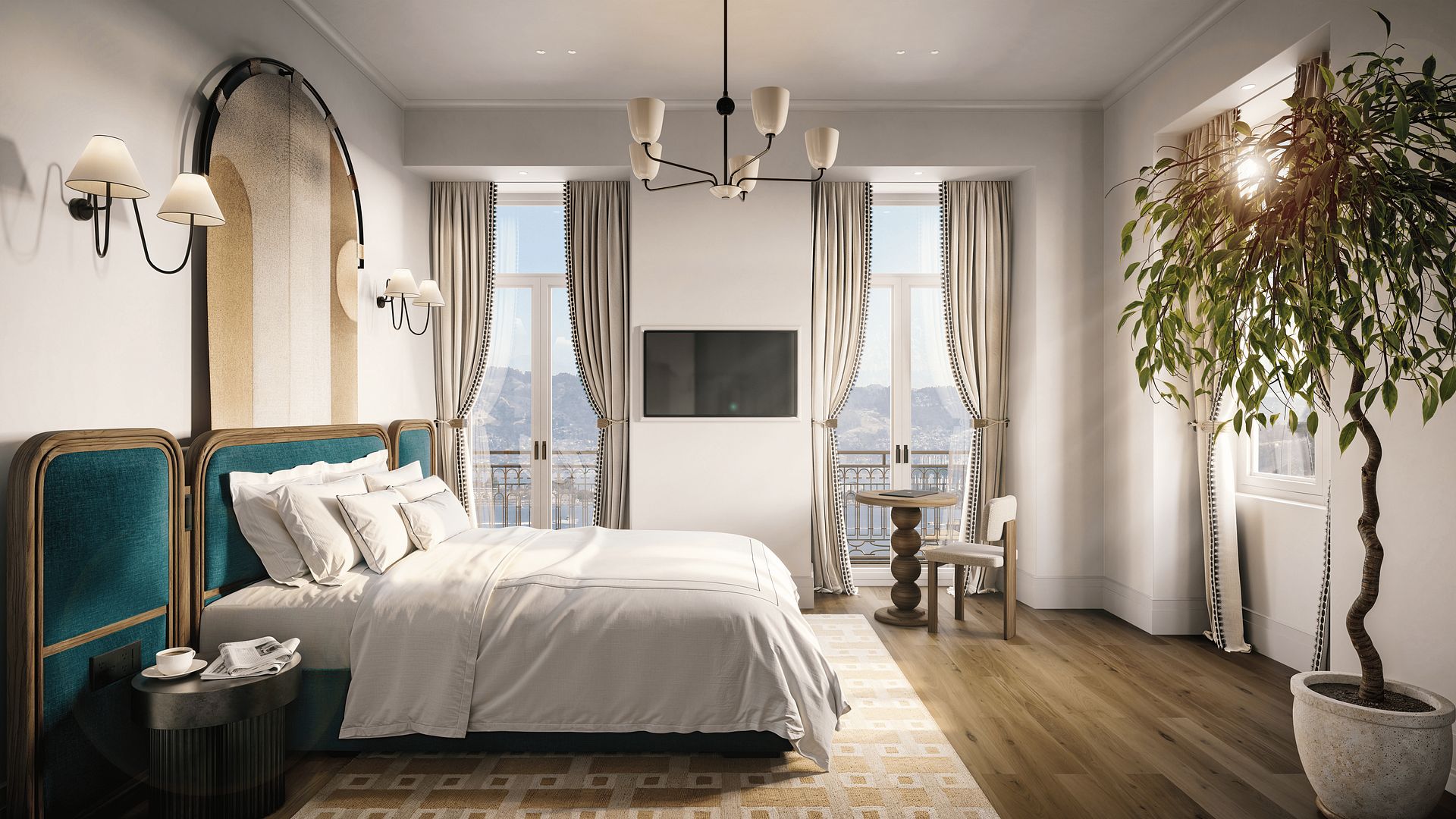
 GET DIRECTIONS
GET DIRECTIONS
